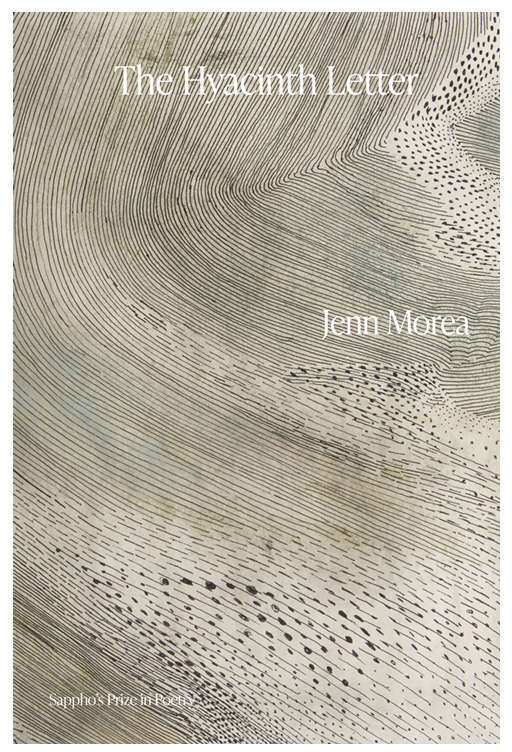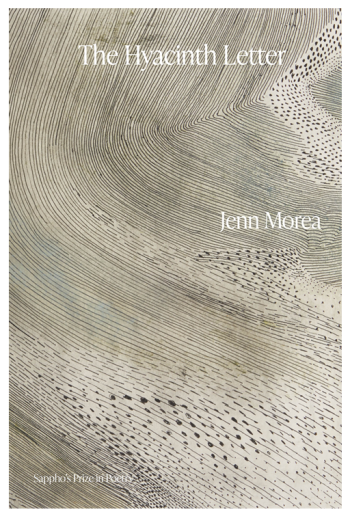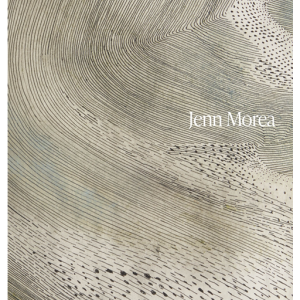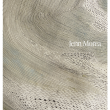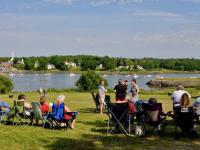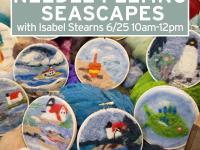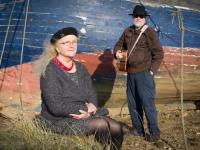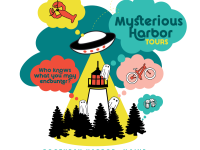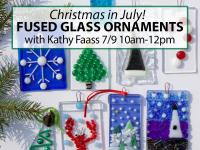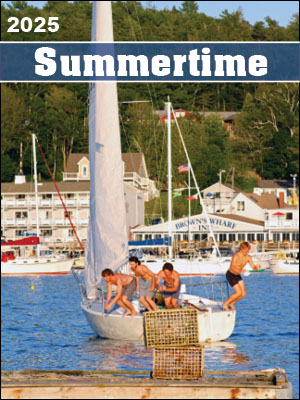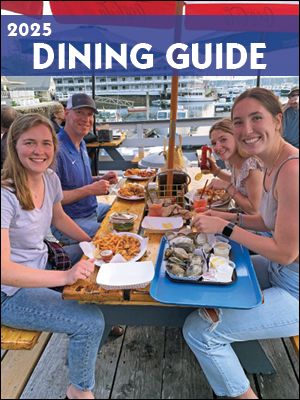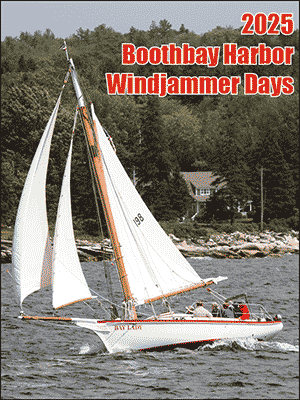Famous Southport-based friendship inspires poetry collection
Marine biologist and conservationist Rachel Carson may be best known for the cascading influence of her book “Silent Spring” (1962), which led to the creation of Earth Day and the founding of the U.S. Environmental Protection Agency. However, Carson was also a frequent Southport summer resident. There, she met fellow vacationer Dorothy Freeman in 1953. Over the next 12 years, the pair would exchange over 900 letters.
Author Jenn Morea was largely inspired by Carson and Freeman’s relationship (and her own visit to Southport) when crafting her recently released poetry collection, “The Hyacinth Letter.” The title refers to the “hyacinth letter” Carson penned to Freeman expressing the depth of her love for her companion, which became such a touchstone, the pair often referenced it and celebrated its anniversary. Morea's collection, which focuses on the relationships women share with nature and each other, won Sappho’s 2024 Prize for Poetry.
The book is split into five parts, two of which repeat to create an enfolded effect: “In a space along the margin of a field,” “Apples” and “The hyacinth letter.”
The first poem readers encounter is a pseudo-letter, beckoning the narrator’s missed companion as it introduces Morea’s recurring theme: the reach (the yearn) for that out-of-sight someone.
I found “Apples” to be the strongest section and the one that took the most advantage of its premise. As Morea explains in her author’s note, Carson and Freeman often wrote their letters in two parts: a public letter meant to be shared with friends and family, and a private letter enclosed within the first.
To reflect this, Morea arranged poems in pairs with a prose poem (outer/public) on the left and a short poem with line breaks (enfolded/private) on the right. This places the pieces in conversation, turning the rightmost into a redaction—the words or emotions left unsaid. My favorite is one “redaction” that uses lightning storm motifs, the words clumped together in flashes of prose (Thin tree/storm split/your voice/flickers...).
As for critiques, I found that the book's impressionistic style sometimes has the drawback of making the reader feel as if they were being held from a distance. We are presented with evocative natural imagery but a lack of a reflection element from the narrator that ties it together. This may have been intentional as the collection is inspired by Carson and Freeman’s personal letters, and the audience is essentially spying in on snatches of correspondence.
The collection is available for purchase on Amazon.

